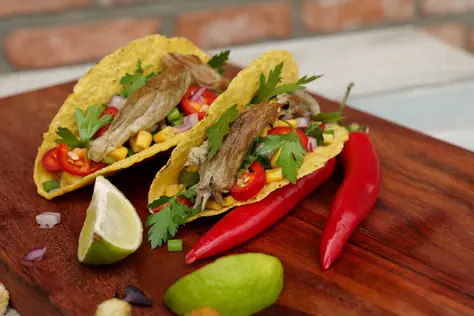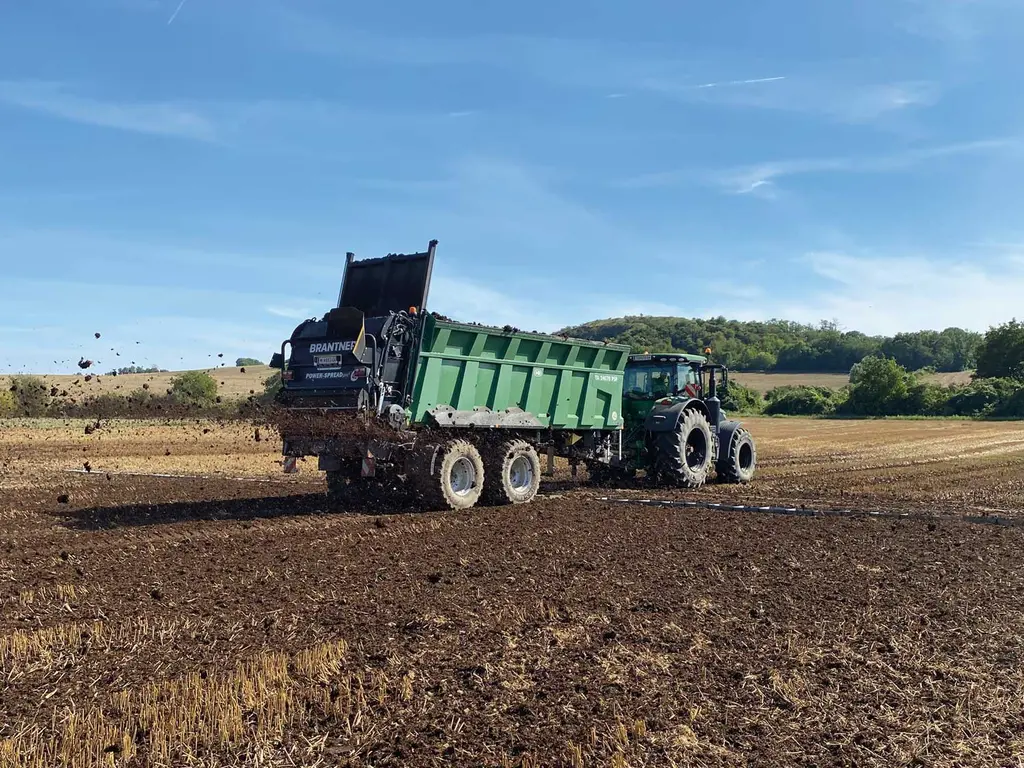Dr. LaKisha Odom’s work may not always seem extraordinary, but it is deeply necessary. She is committed to advancing sustainability and resilience in agriculture - constantly seeking innovative ways to grow food more sustainably, nourish communities, and ensure economic viability for farmers. Yet, in many high-level discussions on these topics, she often finds herself as the only person in the room who looks like her. This experience has shaped her dedication to working at the intersection of sustainability and DEI (Diversity, Equity, and Inclusion), recognizing that innovation depends on diverse perspectives.
LaKisha believes that to address the pressing challenges of climate change, food insecurity, land degradation, and an aging farming population, it is essential to include and empower a broader range of voices. Agriculture has a complex and often painful history for many BIPOC communities, marked by both opportunity and systemic injustice. Her own journey reflects this duality. A graduate of Tuskegee University, she conducted research in Alabama’s Black Belt and later earned a doctorate - becoming the first in her family to do so. Her great-great-grandmother was enslaved on a cotton plantation in Alabama, and generations later, she conducted research to support cotton growers. That legacy fuels her purpose and pride in agricultural work.
As a Scientific Program Director at the Foundation for Food & Agriculture Research (FFAR), LaKisha leads initiatives in soil health, scientific workforce development, and DEI. She builds partnerships with organizations such as McDonald’s, Danone, and The Organic Center to fund research that supports regenerative agriculture, healthier food systems, and greater inclusion of BIPOC farmers. These programs have invested millions into projects that promote sustainable practices and equitable access to agricultural resources.
She has also played a key role in expanding FFAR’s workforce development portfolio to eight programs that prepare students and early-career researchers to address future agricultural challenges. Two of these programs specifically support students at historically Black colleges and universities and Native American institutions.
What are some of the most impactful projects you’ve led or supported at the Foundation for Food & Agriculture Research?
I have been excited by almost every project in my portfolio, but I will highlight a few that encapsulate characteristics I value:
- creative partnership,
- innovation,
- results-oriented tangible outcomes and
- support of the next generation of Ag leaders.
One of the first projects funded in my portfolio was a 9.4 million US-Dollar grant to The Nature Conservancy, the Soil Health Institute and the Soil Health Partnership to conduct collaborative research to support farmers’ achievement of positive economic and environmental outcomes through improved soil health. This grant was then matched by foundations, leading companies, a commodity group, and others for a total investment of nearly 20 million US-Dollar. This project was one of the largest investments in soil health at that time and was aimed to transform agriculture at a national scale by establishing national guidelines on soil health, increasing adoption of soil health promoting practices, and overcoming barriers to adoption. This was the first project designed in our portfolio that has three distinct NGOs, as well as industry support.
The Second project I would highlight is creating an endowment with Tuskegee University, Clif Bar Mondelez and FFAR. It is one of the first endowments of its kind that FFAR funded and it was centered on understanding opportunities in supporting growers in the Southeast to transition to organic and also explore opportunities for increased profitability. This one was special to me because it felt like a culmination of my personal priorities. Supporting small producers that look like my great grandfather and grandfather, identifying opportunities to provide sound evidence-based recommendations and having the chance to center the needs of these producers.
The final program I was proud to highlight is the FFAR fellows program – one of our first programs in our Scientific Workforce Program. The FFAR fellows program offers leadership and professional development training to PhD students studying food and agriculture-related sciences in the United States and Canada and provides fellows with training, networking opportunities, and peer support. This year welcomed its 8th cohort of FFAR Fellows resulting in over 200 students trained, representing 48 universities in 35 states and 3 Canadian provinces, sponsorship by 55 companies, 14 commodity organizations, 12 foundations/NGOs, and 2 state entities.

What changes would you like to see in the agricultural sector over the next 10–20 years?
The major changes I would like to see in the Ag sector are
- Much more collective impact. I believe there is so much more opportunity to increase access to the adoption of practices that support a resilient food system.
- In the next 10 years, I would also want to see more commitment to creating an enabling environment to adopt practices that support a more resilient Agriculture System and, finally,
- I want to see even more projects that challenge the current focus on yield as the primary measure of a thriving agricultural system.
What does it mean to you to be a visible role model in spaces where representation is limited?
In my career so much of what allowed me to find my path is seeing myself in those spaces that empowered me to envision a larger vision of my future by meeting role models that helped me see myself in a space. In effort to move towards self-actualization, there has to be a sense of “belonging“. I believe having representation provides that sense of belonging. It allows you to see a potential for community. I think one of the greatest honors of my life has been to meet young agriculture students who told me that they decided to work in Ag or go to grad school because they saw me. I have had students tell me “You look like me” and that made them feel their goals were more attainable. I think that’s what representation does, it allows for the option to envision a different path, it has the potential to create a sense of belonging or community. It plants the seed of possibility.
What trends or innovations in agriculture are you most excited to see represented in this year’s nominations? Why do you think it’s important to spotlight women in agriculture through awards like this?
I hope to see trends that center adoption of practices that enable more resilient systems. It is so important to spotlight women as it allows amazing work to be elevated to a global scale and enable more visibility.



































